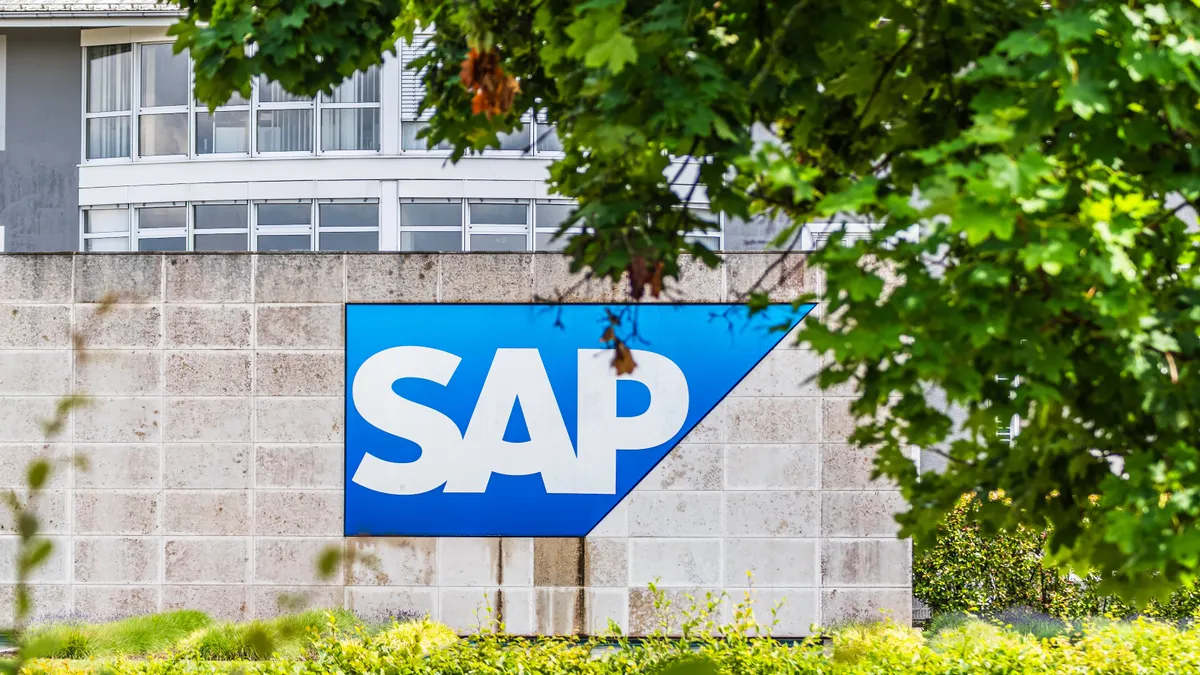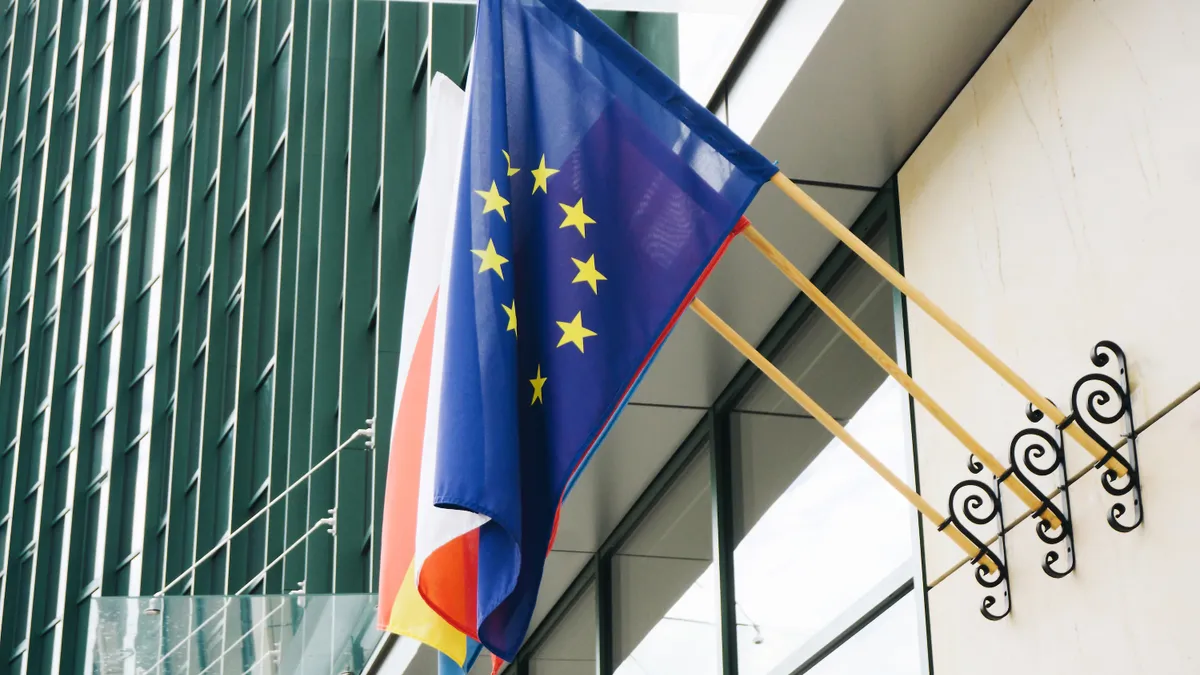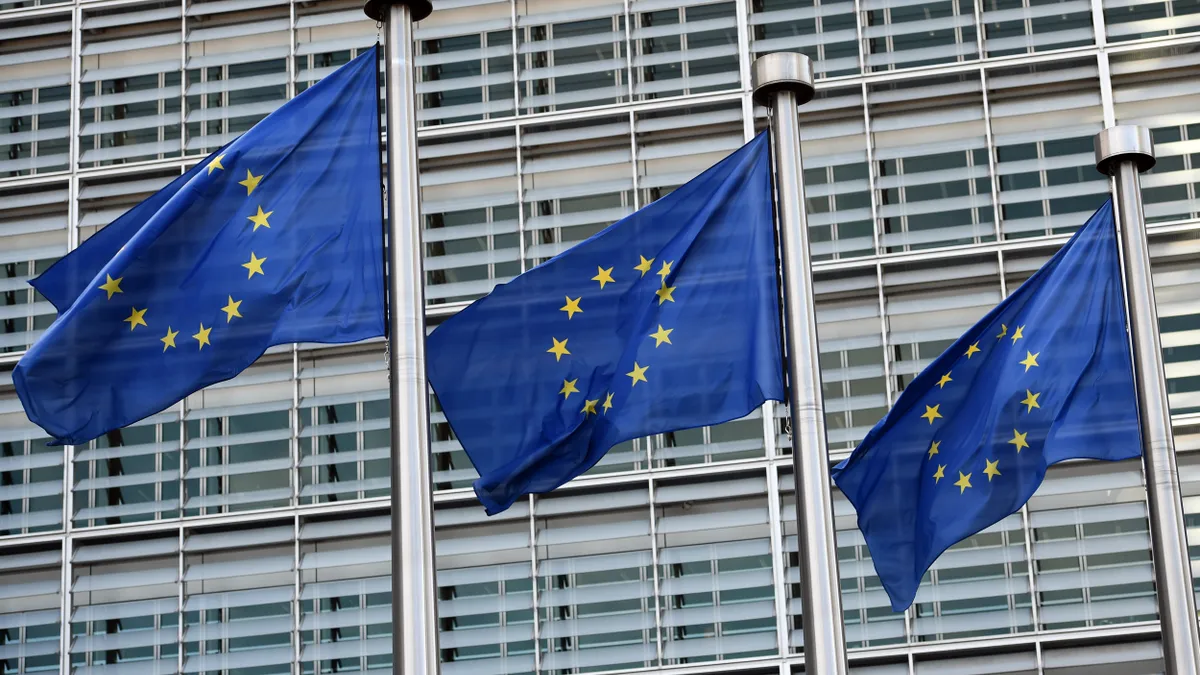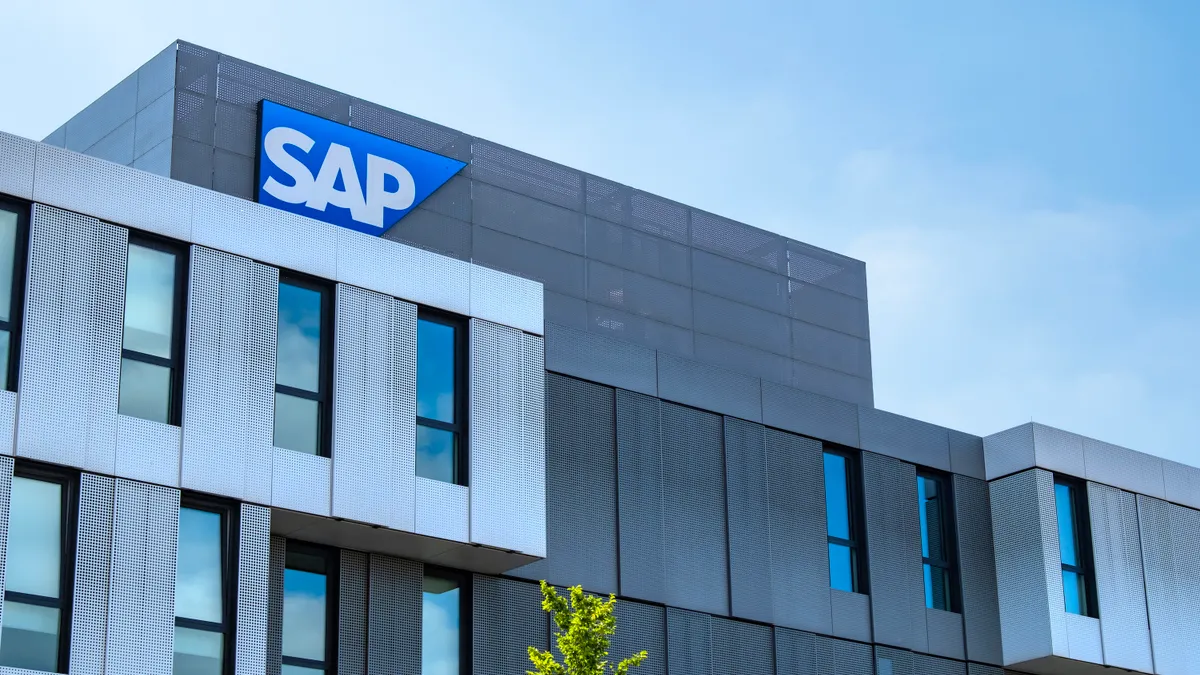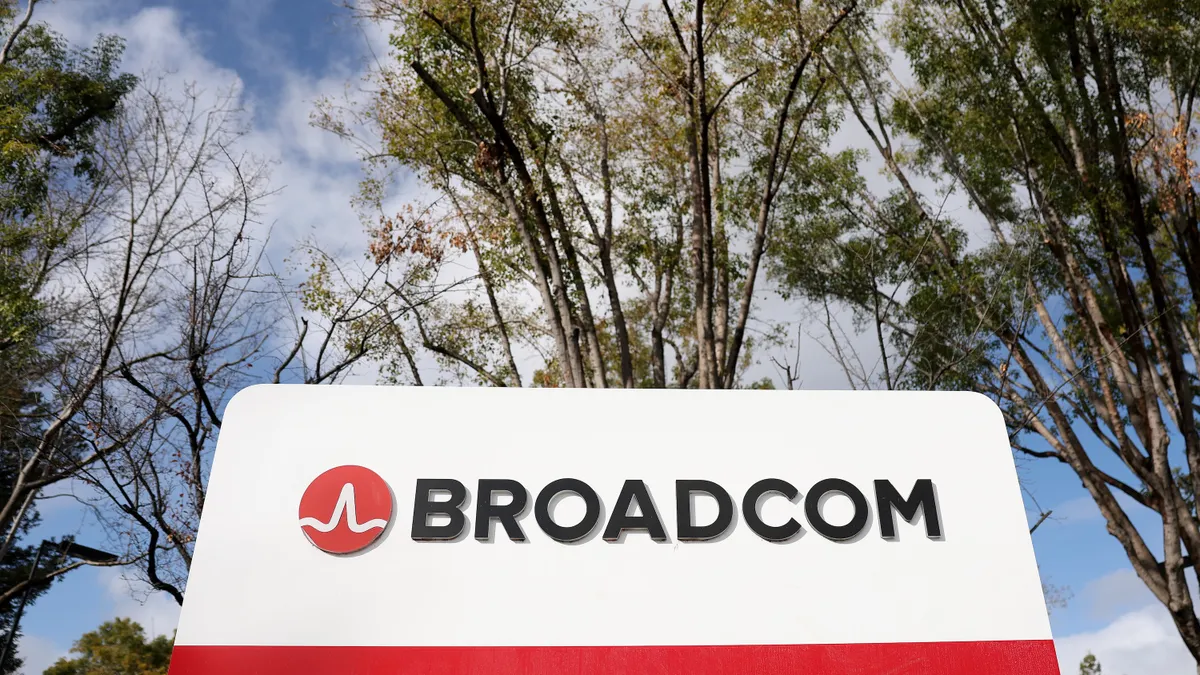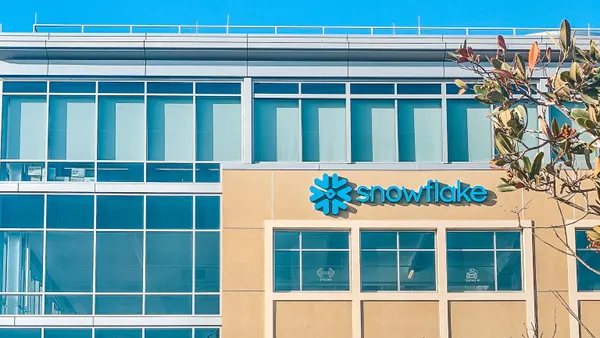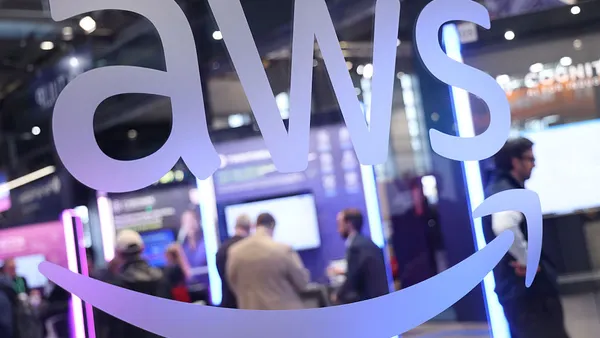The FinOps Foundation gained broad hyperscaler support for its ongoing mission to help enterprises manage cloud costs this week at the annual FinOps X conference in San Diego. AWS, Microsoft, Google Cloud and Oracle threw their weight behind version 1.2 of the FinOps Open Cost and Usage Specification, called FOCUS, which became generally available Tuesday.
The open-source billing and usage standards framework has grown to encompass software and platform services as well as cloud over the last year.
“As organizations increasingly manage complex, multi-cloud and SaaS-heavy environments, FOCUS 1.2 delivers the standardization they need to understand, allocate and optimize spend across more technology platforms," FinOps Foundation Executive Director J.R. Storment said in the announcement. "This release reflects the rapid expansion of the FinOps practices managing SaaS and PaaS spend alongside cloud over the last year.”
The nonprofit group, which is part of the Linux Foundation, recently expanded its membership, welcoming technology providers AMD, Nvidia, ServiceNow and Snowflake as well as financial services firm American Express to its ranks last month.
Alibaba Cloud became a FinOps Foundation member in January and joined Databricks and Grafana in supporting FOCUS 1.2 this week.
“We’ve got now all the big clouds and some of the major SaaS providers on board,” Storment told CIO Dive. “We’re expecting a long tail of SaaS providers to follow.”
As the methodology spreads across the IT ecosystem, the FinOps Foundation forged an alliance with the ITAM Forum, an IT and software asset management professional organization. The two groups will form a pair of working groups that will focus on aligning FinOps with asset management practices, helping organizations manage software licenses and creating better metrics to forecast usage costs.
“This is a natural collaboration between two complementary disciplines,” Martin Thompson, founder of the ITAM Forum, said in the Monday announcement. “We have much to learn from how FinOps quantifies value, communicates it to the business, and positions itself as a cultural practice rather than just a function.”
Cloud migrations and the spread of SaaS created an organic overlap between the two domains.
“You see FinOps teams being asked to take on duties that for a legacy company would be under the software asset management practice,” Storment said. “They're being asked to consider compliance of the software, to look at SaaS rationalization and review contract renewals — all that licensing and procurement stuff that historically didn’t sit in FinOps.”
To kick off the partnership, the FinOps Foundation rolled out a FinOps for SaaS training course that will be available later this year.
A creature of cloud
FinOps was born in the cloud and remains a creature of the hyperscaler ecosystem, where spiraling costs created a need for standardized control measures. Eager to spur the next wave of migrations, cloud providers are deploying tools to help customers implement FinOps practices.
AWS trained the generative AI-powered Amazon Q Developer assistant to provide customers with savings estimates and eliminate costly redundancies, added a rate comparison feature to its Cost Explorer tool and upgraded the AWS Pricing Calculator to include migration and application modernization expense estimates.
Microsoft is also leaning on AI assistants to produce cloud cost savings for its customers. The company touted efficiency gains from recently deployed agentic AI tools designed to ease app modernization and business processes, as well as a new Azure AI Foundry Throughput reservation model-provisioning discount instrument.
“You're gonna see a whole bunch of agentic tools from us,” Scott Hunter, Microsoft VP of product for Azure Developer Experience, said during a Tuesday keynote panel. “We're using these internally for ourselves to keep our stacks up to date and we want to make those available to our customers as well.”
Google Cloud added a FOCUS-aligned reporting tool to its BigQuery data warehouse service and announced an updated version of its cloud-based FinOps Hub Wednesday. And Oracle integrated cost anomaly detection and carbon emission features into existing infrastructure services.
“Data is necessary but not sufficient,” Pravir Gupta, VP of Google Cloud Business Platform, said during the panel. “You want insights from that data.”
James Greenfield, VP of AWS platform experience, echoed Gupta’s sentiments.
“I don't know that it's super helpful to put raw FOCUS data in all of the glory in front of an engineering team,” Greenfield said. “FOCUS is a substrate that we're going to build on top of … we'll extract the relevant information to help teams interpret the data and identify insights.”









